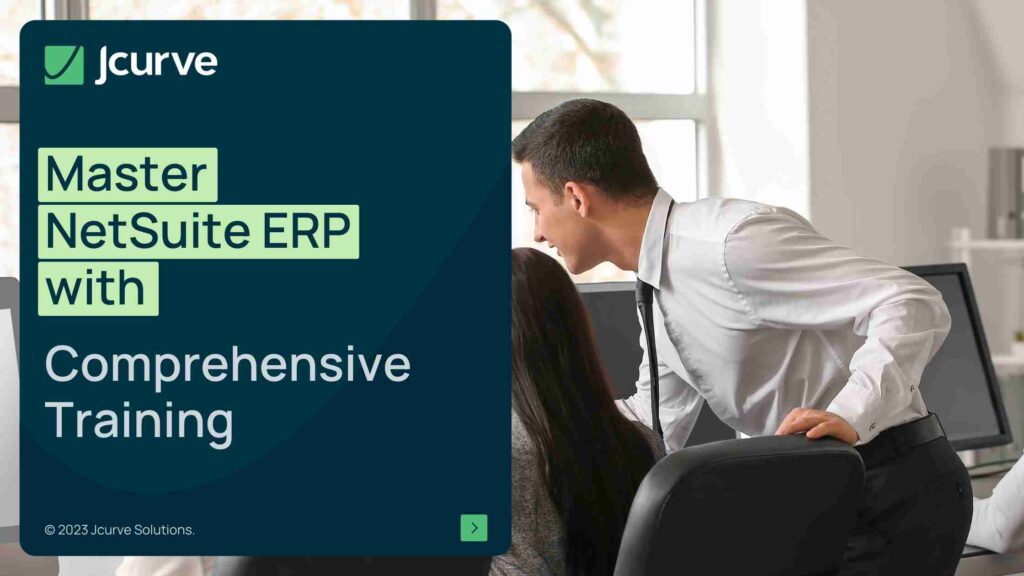| Step | Details | Impact Level (1-10) |
| Identify Training Needs | Assess modules and skill levels | 8 |
| Customise Training Program | Develop role-specific sessions and include practical scenarios | 9 |
| Implement Continuous Learning | Provide ongoing training materials and regular refresher courses | 7 |
| Evaluate Training Outcomes | Monitor efficiency and data integrity improvements | 8 |
| Familiarise with Support System | Understand features of the support system and train the team | 7 |
| Utilise Real-Time Assistance | Leverage immediate support for urgent issues | 8 |
| Benefit from Custom Support | Develop tailored support solutions for specific business challenges | 8 |
| Conduct Requirement Analysis | Understand business requirements and ERP capabilities | 9 |
| Plan for Customisation | Determine necessary ERP customisations | 9 |
| Develop Data Migration Strategy | Plan and test the migration of existing data | 8 |
| Focus on User Training | Provide comprehensive training and monitor adoption | 10 |
| Review Post-Implementation | Regularly review and optimise ERP system’s performance | 9 |
In the dynamic business environment of Australia, mastering NetSuite ERP, a comprehensive cloud-based platform by Jcurve, is vital. This guide provides a detailed how-to for effective training, utilising support systems, and implementing ERP for optimal business operations.
Training for Mastery in NetSuite ERP
Mastering NetSuite ERP begins with identifying training needs, where businesses must assess the specific modules and skill levels of their team. This is followed by customising the training program to include role-specific sessions and practical scenarios, ensuring that the training is relevant and impactful. To effectively train staff for a new ERP system, it’s crucial to incorporate a blend of theoretical training and hands-on practical exercises that cater to different learning styles. Considering the use of e-learning platforms, interactive sessions, and mentorship can enrich the training experience. A key aspect is implementing continuous learning, providing ongoing training materials and regular refresher courses to keep skills sharp. The effectiveness of this approach can be evaluated through monitoring improvements in efficiency and data integrity, making adjustments as needed for optimal outcomes.
Leveraging the Support System for Efficiency
Jcurve’s NetSuite ERP support system is a vital resource for maximising operational efficiency. It begins with familiarising the team with the system’s features and training them on effective utilisation. The real-time assistance offered by the system is a critical tool for addressing urgent issues promptly, ensuring smooth business operations. Tailoring the support solutions to meet specific business challenges further enhances the system’s effectiveness, providing customised solutions that cater to unique needs. For more on this, explore Smooth Sailing with NetSuite ERP’s Support System.
Steps for a Successful ERP Implementation
The implementation of NetSuite ERP is a strategic process. It starts with a thorough requirement analysis, understanding both the business needs and the capabilities of the ERP. This is followed by planning for customisation, aligning the ERP features with specific business processes. An essential step is developing a data migration strategy, ensuring a safe and efficient transition of existing data into the new system. Focus on user training and adoption is crucial; comprehensive training and monitoring of adoption rates are imperative for successful implementation. Measuring the success of an ERP implementation involves evaluating key performance indicators like return on investment, user engagement, process efficiencies, and the degree of automation achieved. Surveys and feedback from the end-users are also instrumental in measuring implementation success. Finally, regular reviews and optimisations of the ERP system’s performance post-implementation are necessary to ensure that the system evolves with the business and continues to meet its changing needs. Discover more in ERP Implementation: Plan to Succeed – Jcurve your NetSuite Solution Provider.
In Conclusion
Mastering NetSuite ERP requires a structured approach, encompassing in-depth training, efficient use of support systems, and a strategic implementation plan. Jcurve provides the necessary tools and expertise to guide Australian businesses through this journey, ensuring they can harness the full potential of NetSuite ERP for their growth and success. To keep up with evolving business needs and technological advancements, a business should review and consider upgrading its ERP system roughly every two to three years, or as major business processes or market conditions change. This ensures that the ERP continues to align with strategic goals and operational efficiency.









